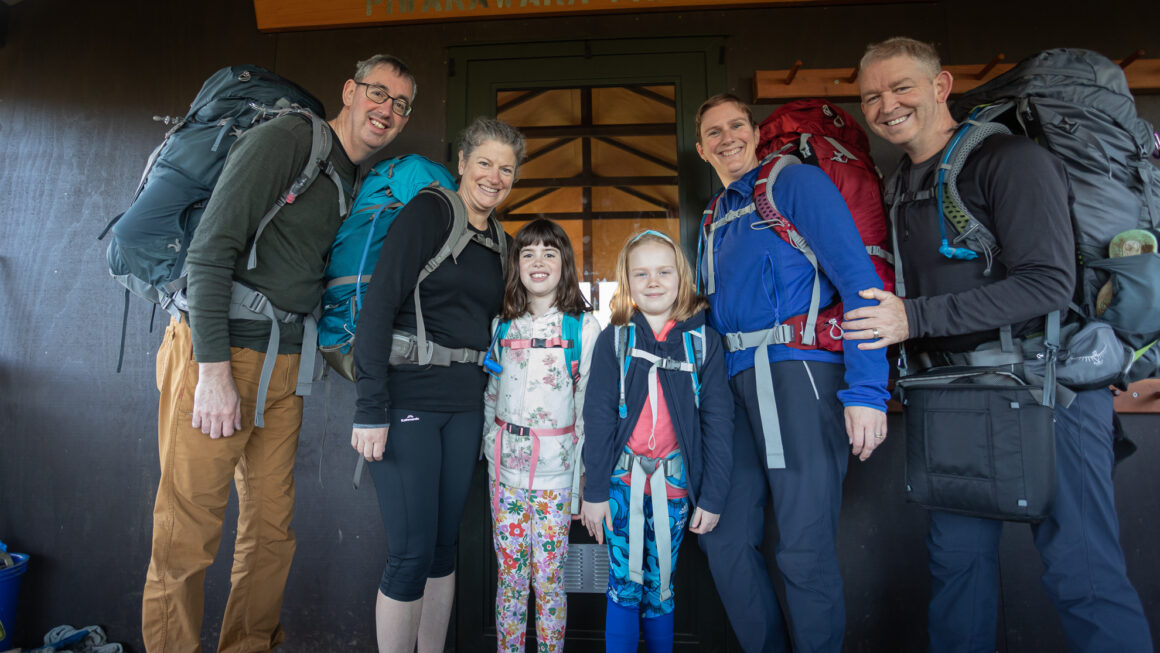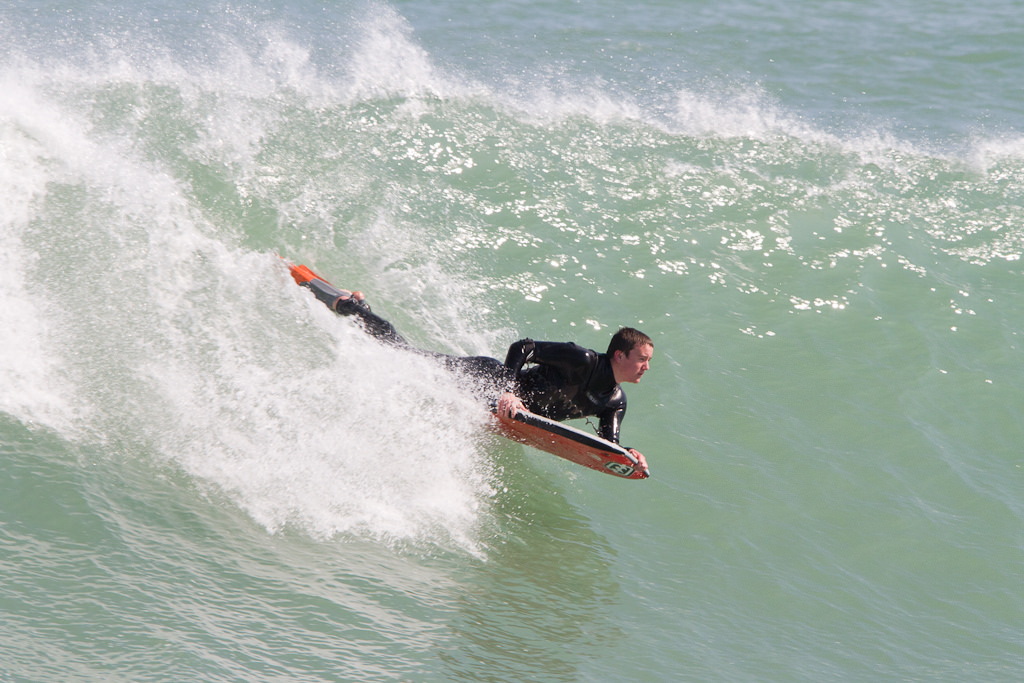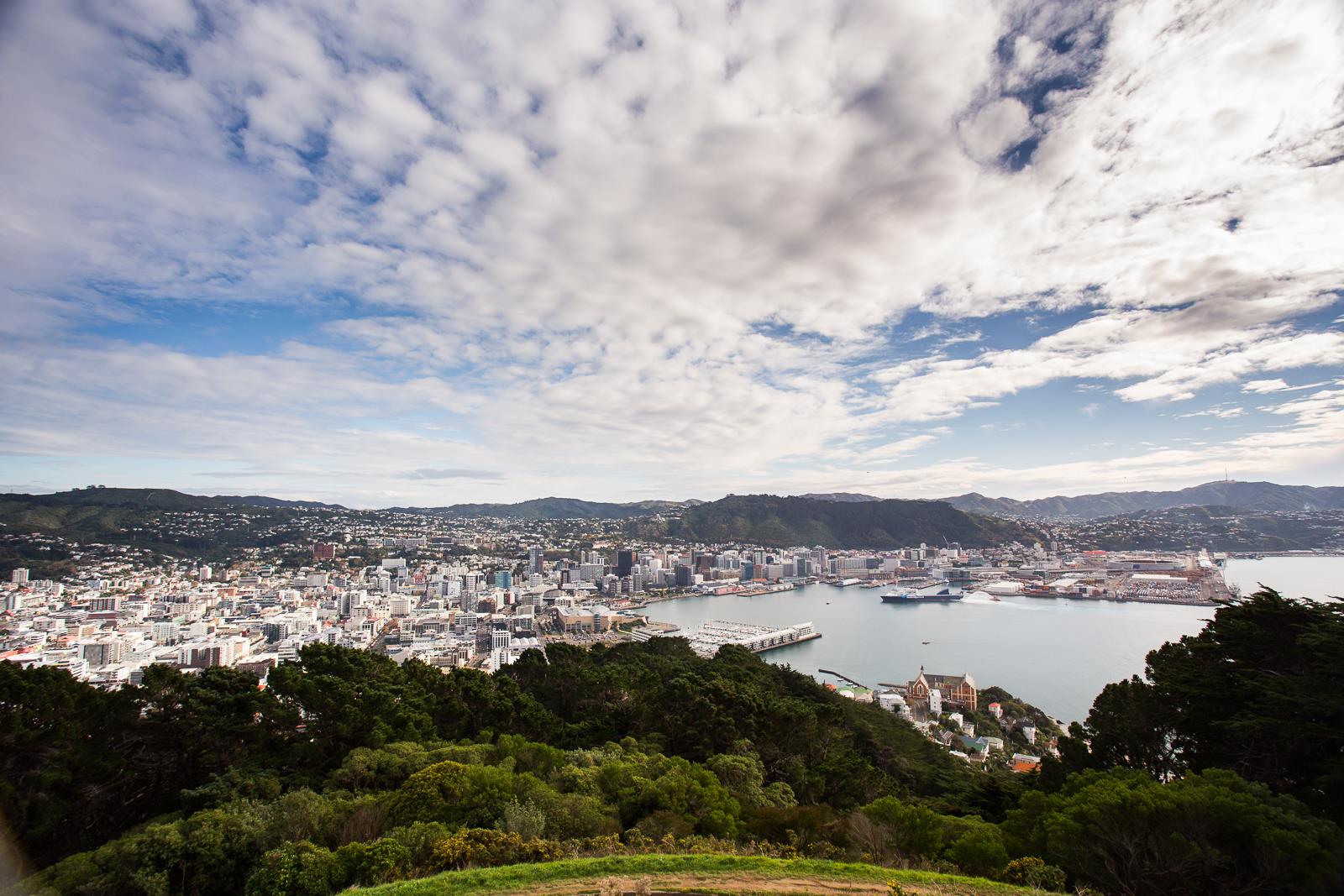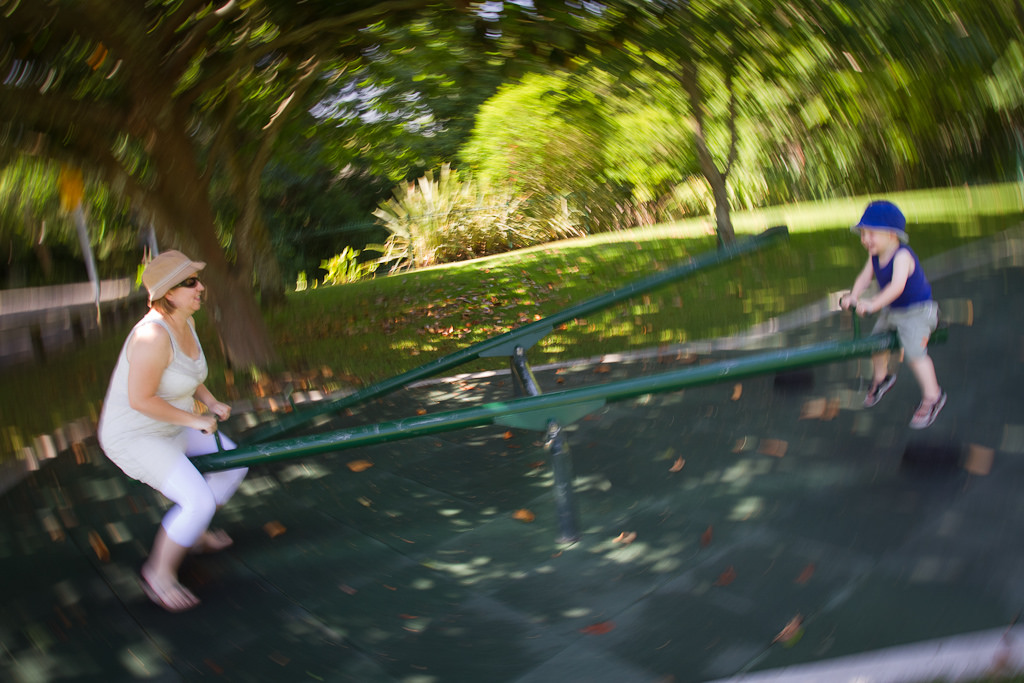It was February 2021 when I booked Pīwakawaka Hut for Anzac weekend in 2022, its been very popular since becoming available in late 2020. Created by Taranaki Regional Council as an added attraction to the already impressive Pukeiti Gardens, Pīwakawaka Hut is easy to reach accommodation for those wanting an overnight hut experience, and it seemed to be a great option for us and our friends. Unlike most DOC huts the 12 bed Pīwakawaka Hut has to be booked exclusively, so we’d have plenty of space for the 6 of us to knock around.
Our journey started on the Friday and we drove to Whanganui to first stay a night at the local Top10. This enable us to break up the journey and also hedge bets on the typically slow traffic out of Wellington at the start of a long weekend. We also decided to take the Ioniq, our EV. With a range of ~220kms we’d need to charge a few times to get to Pukeiti (around 340km from home). We planned our charging locations, packed for the trip and set off just after lunchtime.
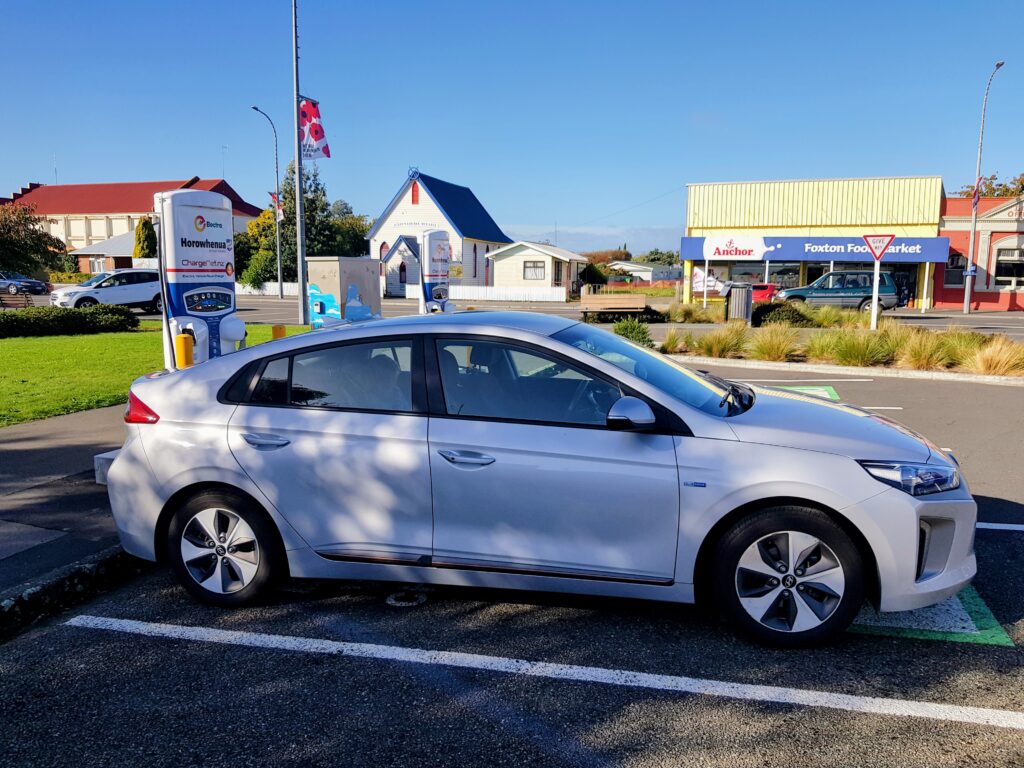
As predicted there was a delay heading north with about 20 minutes spent crawling along where the Kapiti expressway ends at Peka Peka. Still, that wasn’t too bad, and we were soon back to normal open road speeds. Our first stop for charging was at Foxton where there is a double charging station, so less chance of both chargers being in use. Both were available when we arrived so we plugged in and waited 10 minutes while the battery charged back up to 80%.
Onward to Whanganui and a nice clear run. We arrived and found the Top10. It turned out I’d messed up our booking and had booked for the following night, but thankfully they had a room available so it was a simple process to transfer the booking. Our room was adequate for a one-night stay, we moved in our bags and Alayna went off to play on the playground. As the evening turned to night we drove back into town to charge the car (18 minutes to 80% this time) and then went to collect some dinner. We’d looked at the options and picked Cartel Burger, sharing a Hot Bandito burger, waffle fries and loaded waffle fries. All really good! Our friends arrived as we got back to the Top10 and after they’d settled in Alayna got some friend time and we talked about the next day before heading off for bed.
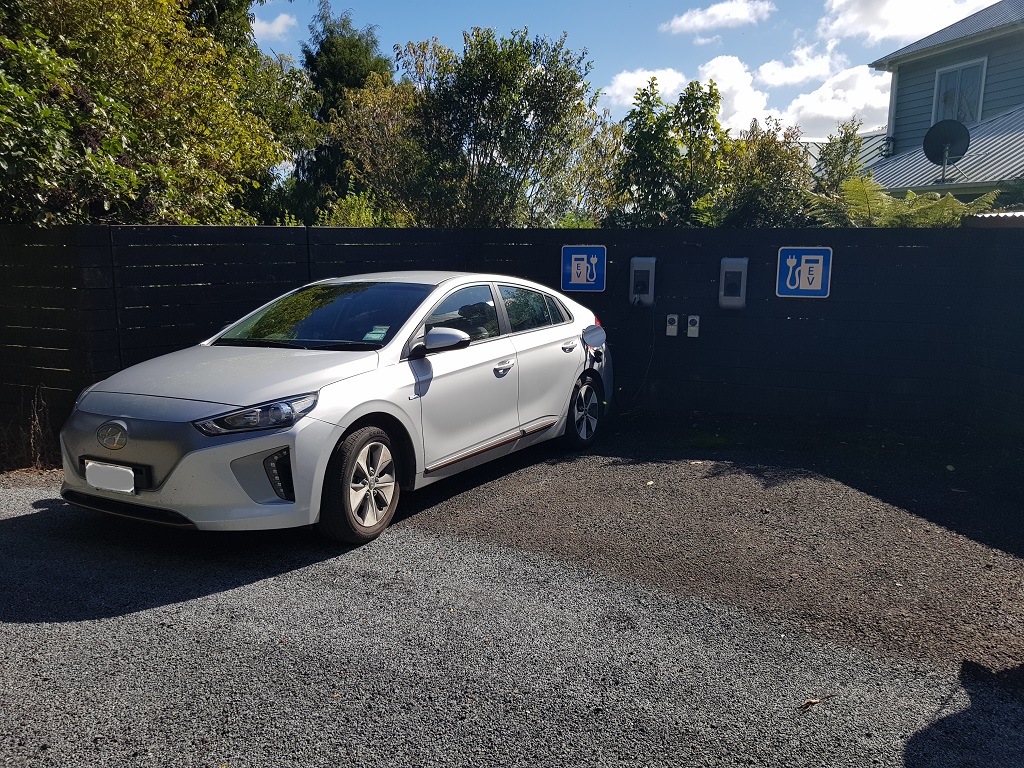
Day two and we were now driving to Pukeiti with a charging stop at Hawera (22 minutes to 80%). It was a beautiful morning, calm with clear blue skies. Taranaki Maunga started showing and grew larger and larger as we navigated around the mountain to Pukeiti on the north side. We knew there were a couple of free chargers at Pukeiti so took the opportunity to charge while we had some lunch at the cafe and then wandered the gardens before the longer walk to the hut.
There are numerous trails to wander at Pukeiti. There are a number of mini-treehouses dotted around the gardens and a related children’s activity trail. At the visitor centre there are freely available bags that contain instructions and items the trail, so we grabbed a bag and headed outside.
Using a map we were led around the gardens by Alayna and Clara and at different treehouses we found questions and facts hidden inside the structures and performed site specific activities. There was a game of guess-who where each of us tried to guess what creature was on the headband wrapped around our heads, the girls found plastic creatures that we hid around one of the treehouses, and there was short sensory trail where we had to navigate a forest path by holding a rope while blindfolded. Keryn, Alayna and I had done all this on a previous visit to Pukeiti with some New Plymouth friends but it was just as fun a second time around.
The time came to get ready for our walk to the hut. Walking back to the visitor centre we were delayed as the girls stopped to try and move a small black caterpillar from the path, and then another one a few steps further on. Once we had our backpacks ready we started out and had to stop again for an insect crossing the path, this time a much larger stick insect. I picked up the insect and put it on a nearby shrub which resulted in a more relaxed insect quickly living up to its name.






The path to get from the visitor centre to the edge of the forest was well signposted and took about 5 minutes to navigate. Once we were in the forest proper we had just over 3km to walk to get to the hut. Starting on the Te Iringa Track and then the Kaitake Track the path was wide and generally shallow grade, on average a slight downhill profile to the hut and then uphill on the return. The Kaitake Track was also referred to as the Conservation Track on one sign and is obviously used by a quad bike (or similar) to help check and maintain the dozens of pest traps we saw. There must have been recent rain as the tracks were wet and on the Kaitake section quite slippery in places. Still, it was easy enough to navigate. The supplied information said it would take an hour to get to the hut, it took us closer to an hour and a half to get out and then an hour and a quarter on the return.
There were plenty of birds to be heard and seen, primarily tūī and kererū with some korimako and closer to the hut pīwakawaka flitting about. Evidence of the success of the trapping program was visible in the frequent occurrence of blooming rātā, the bright red flowers popping against the verdant green foliage of the forest.





We came across some building materials and machinery and there was also a sign pointing down a side track towards the hut. This was our arrival at the Pīwakawaka Hut. The building revealed itself in the canopy and we came around, spotting the outside long-drop toilet (a very tidy example), the pile of firewood with a log splitter and mallet, and the water tanks underneath the hut, before walking up a staircase to the deck. There was a short wait while we looked up the code to unlock the door (having forgotten we needed this) and then we were in. Inside and it was typical hut, a table and bench, a wood burner and four sleeping compartments at the far end. As a fairly new hut there were a few extras like double glazed windows and solar-powered LED light strips. All very tidy and inviting.





We settled in, sleeping positions were chosen and before long we were getting dinner ready. With tank water available we were boiling water and then adding to our dehydrated meals and cooking some pasta. The sun set behind the hills so I was popping outside to catch the changing light. I had a go at getting the log burner going but had to hand this task over to Drew, so instead I went downstairs to split some logs into kindling. We had various small games with us along with activity sheets and colouring-in pages and these kept the girls entertained (when they weren’t making up their own entertainment). There was also a partially completed WASGIJ jigsaw puzzle which kept the adults busy if there was downtime. With the log burner going the room was cozy, though the girls found it too warm when they went to bed in the upper bunk area closest to the burner. They relocated to the bottom areas which were not so hot. Cracking open some windows helped with this on the second night. Sleep was about what you’d expect for a hut, the squabs were relatively comfortable but noisy as people moved around as they slept. Being fully insulated the outside noises were kept to a minimum, so we didn’t hear much of the wind and rain which arrived overnight.




We found that the Metservice weather forecast for our stay was not very accurate, and put this down to the close proximity of Taranaki Maunga and it’s impact on the local climate. Our full day at the hut was a sequence of rain and shine, bands of rain coming through and then passing before the next then appeared. This made planning a walk difficult. We had thought to walk to the Pukeiti summit which was a couple of kms away. In the morning I went out alone to photograph some of the flowering rata, and I also checked out the start of the track to the summit. The track marker said that is was the Jubilee via Tramway track and the tramway part was quite interesting. I found this in Wilderness Magazine regarding the tramway:
“This leads down to the tramline where a loop track leads to the Paint Mines. These ochre deposits were mined from 1918, after the First World War, when imported ochre, used to make paint, was not available. At first the material was taken out by horse, but from 1926 the bush tramline was used. Mining ceased in 1931 when the tramline was dismantled.”
The tramway consisted of a wide track carved through forest with some sleepers still visible in the track floor. This section rather abruptly ended with a narrower track down to a stream and some rock hopping for a crossing before the track continued up the far bank. I retreated from the stream when the rain started falling again.




The previously mentioned weather forecast said that the rain wouldn’t start till the afternoon, but we’d had it on and off all morning. Eventually in the afternoon we had what seemed like an extended dry period, so we set out for a walk. We got over the stream with only one small slip into the water. Continuing up the other side and past the sign for the short Paint Mines loop it was now beginning to rain, but we continued for a while until where we got to a point where the rain didn’t seem like it was stop, and was only getting heavier. For everyone’s comfort we decided to stop and head back, aware that we’d also be crossing the stream again. Thankfully the stream was crossed this time without incident. The rain did stop when we got back to the Kaitake Track, but the weather pattern held for the rest of the afternoon and evening.






Much like the previous evening we entertained ourselves with a combination of puzzle time, games and tasks around dinner and heating. We also dried out wet clothing, socks and shoes with the usual hut ingenuity, using some rope to make a makeshift washing line and propping up shoes in various places around the wood burner. Alayna managed to get to sleep on one of the upper bunks but had a minor accident when navigating the ladder in the early hours of the morning. I woke to a crash, Alayna had missed a step and fallen to the floor. Her ankle was sore but thankfully it wasn’t much more than a small twist and some strapping in the morning enabled her to walk out without any incident.




As we all needed to get back to Porirua and Wellington in time to pick up pets we got up early the next morning, packing up and cleaning up after breakfast. The day had dawned fine and we were glad forecast rain didn’t appear. The resident pīwakawaka that were often waiting outside the long-drop came up to the hut as we left, they must have been saying goodbye. There were a couple of extra slippy parts on the return journey, yesterdays rain slicking the track, but we managed to navigate these sections without incident. Even with a minor injury and a more uphill journey we were still faster returning, even splitting up to take different paths through the gardens in a bit of a race to finish the walk. All up it was a great little holiday, and having two nights meant we got to enjoy our time at Pīwakawaka Hut, and we can always return one day to walk further in the area. So fun and adventure was had, and we were all smiling at the end. The drive home was also without incident, the usual snarl-up of traffic at Otaki barely of mention and the newly opened Transmission Gully motorway meant everything was free flowing once we were past. The cats were happy to see us, it was great to get home, and we had good memories of our weekend away, what more could we ask for?





